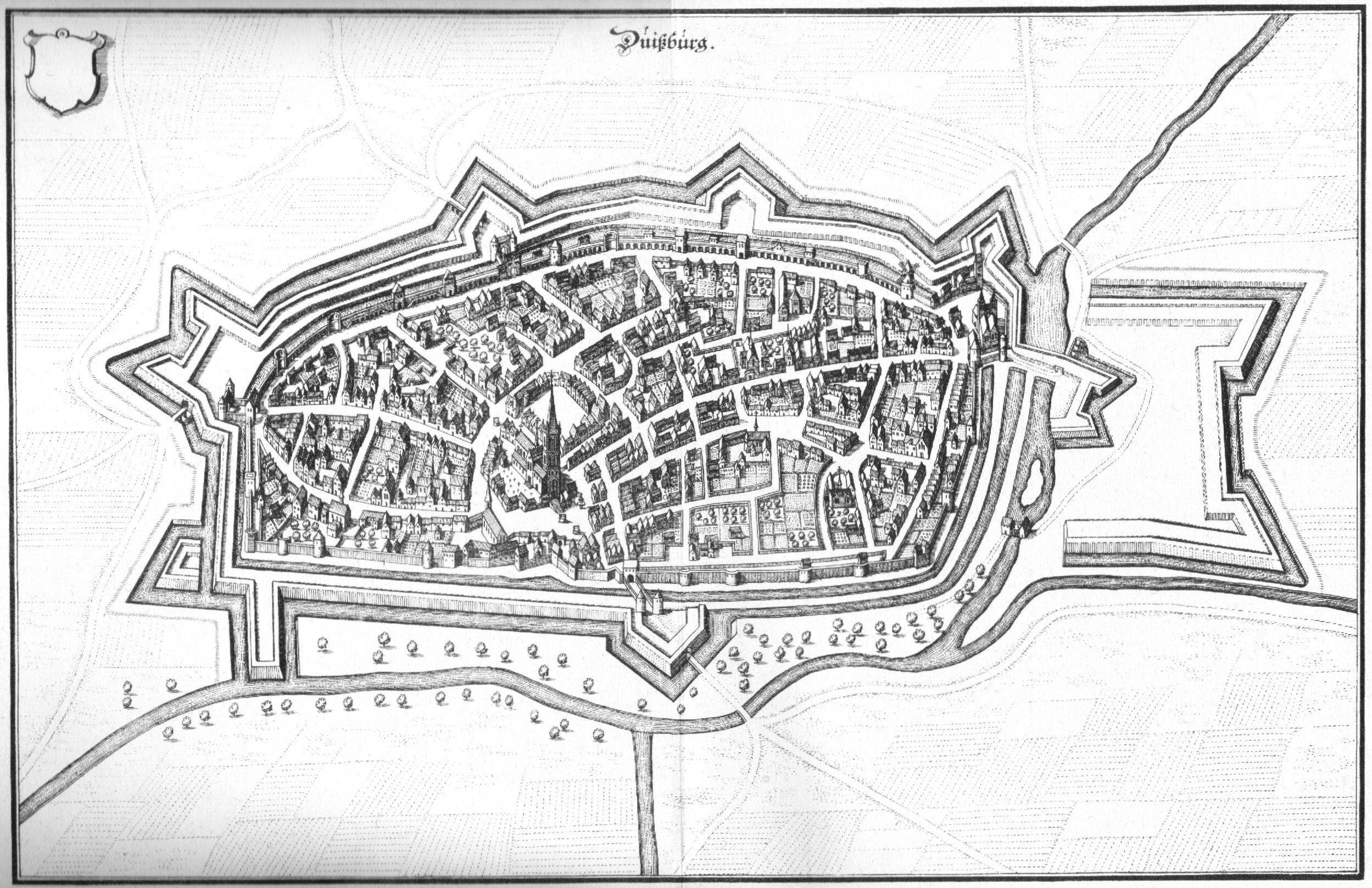883
Appearance
| Millennium: | 1st millennium |
|---|---|
| Centuries: | |
| Decades: | |
| Years: |
| 883 by topic |
|---|
| Leaders |
| Categories |
| Gregorian calendar | 883 DCCCLXXXIII |
| Ab urbe condita | 1636 |
| Armenian calendar | 332 ԹՎ ՅԼԲ |
| Assyrian calendar | 5633 |
| Balinese saka calendar | 804–805 |
| Bengali calendar | 290 |
| Berber calendar | 1833 |
| Buddhist calendar | 1427 |
| Burmese calendar | 245 |
| Byzantine calendar | 6391–6392 |
| Chinese calendar | 壬寅年 (Water Tiger) 3580 or 3373 — to — 癸卯年 (Water Rabbit) 3581 or 3374 |
| Coptic calendar | 599–600 |
| Discordian calendar | 2049 |
| Ethiopian calendar | 875–876 |
| Hebrew calendar | 4643–4644 |
| Hindu calendars | |
| - Vikram Samvat | 939–940 |
| - Shaka Samvat | 804–805 |
| - Kali Yuga | 3983–3984 |
| Holocene calendar | 10883 |
| Iranian calendar | 261–262 |
| Islamic calendar | 269–270 |
| Japanese calendar | Gangyō 7 (元慶7年) |
| Javanese calendar | 781–782 |
| Julian calendar | 883 DCCCLXXXIII |
| Korean calendar | 3216 |
| Minguo calendar | 1029 before ROC 民前1029年 |
| Nanakshahi calendar | −585 |
| Seleucid era | 1194/1195 AG |
| Thai solar calendar | 1425–1426 |
| Tibetan calendar | 阳水虎年 (male Water-Tiger) 1009 or 628 or −144 — to — 阴水兔年 (female Water-Rabbit) 1010 or 629 or −143 |

Year 883 (DCCCLXXXIII) was a common year starting on Tuesday (link will display the full calendar) of the Julian calendar.
Events
By place
Europe
- Spring – Viking raiders ravage Flanders and sack the abbey at Saint-Quentin. King Carloman II blocks their passage at Laviers on the banks of the Somme. Meanwhile, Vikings enter the Rhine but are turned back by Henry of Franconia (margrave of Saxony). They over-winter at Duisburg.
- King Charles the Fat travels to Nonantola (Northern Italy), where he meets pope Martinus II. He receives complaints of Guy II of Spoleto, official "protector" of Rome, who has invaded the Papal States. Charles orders Guy to appear before a tribunal.
- Guy II of Spoleto begins a revolt and assembles an army supported with Arab auxiliaries. Charles the Fat sends Berengar of Friuli with a expeditionary force to deprive him of Spoleto. Berengar's army is hit by an epidemic and forced to retire.[1]
- Svatopluk I, ruler (knyaz) of Great Moravia, conquers Lower Pannonia (modern Hungary) during the succession strife in the East Frankish Kingdom (approximate date).
- First historic document (written by Regino of Prüm) mentioning Duisburg.
Arabian Empire
- The Zanj Rebellion: Abbasid general Al-Muwaffaq brings in Egyptian forces to help him in his 2-year siege of the Zanj capital Mukhtara. He captures the city and crushes the revolt that has devastated Chaldea (modern Iraq) since 869.
- September 11 – Yazaman al-Khadim, Abbasid governor of Tarsus, routs a Byzantine army under general Kesta Styppiotes in a night attack. According to Arab chroniclers 70,000 out of 100,000 Byzantine troops are killed.[2]
Births
- Burchard II, duke of Swabia (or 884)
- Hyogong, king of Silla (Korea) (d. 912)
- Ibn Masarra, Muslim ascetic and scholar (d. 931)
- Zhao Jiliang, chancellor of Later Shu (d. 946)
- Zhao Tingyin, Chinese general (d. 949)
Deaths
- September 11 – Kesta Styppiotes, Byzantine general
- Ali ibn Umar, sultan of Morocco
- Ansegisus, archbishop of Sens (or 879)
- Anselm of Farfa, Frankish abbot (approximate date)
- Bertharius, Benedictine abbot and poet
- Bertulf, archbishop of Trier
- Dawud al-Zahiri, Muslim scholar (or 884)
- Eochocán mac Áedo, king of Ulaid (Ireland)
- Froila, Galician bishop
- Guy II, duke of Spoleto
- Han Jian, Chinese warlord
- Ignatius II, patriarch of Antioch
- Pi Rixiu, Chinese poet
- Wang Jingchong, Chinese governor (b. 847)
- Yang Fuguang, Chinese general (b. 842)
References
- ^ Italian History - Timeline, p. 9.
- ^ Fields, Philip M. (1987). The History of al-Ṭabarī, Vol. XXXVII: The ʻAbbāsid Recovery. Albany, New York: State University of New York Press. pp. 143–144. ISBN 0-88706-053-6.
